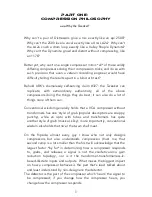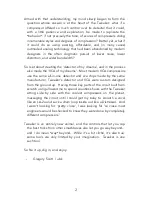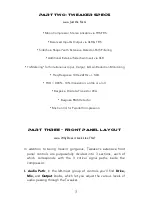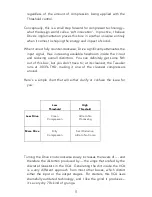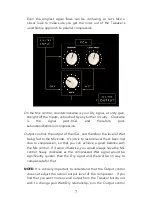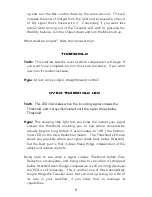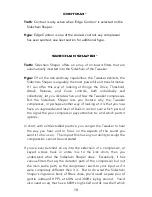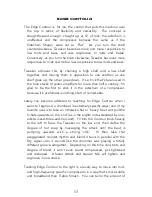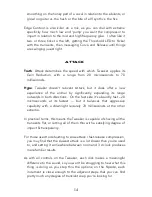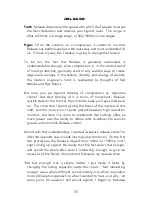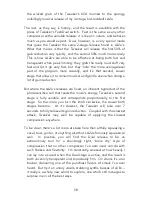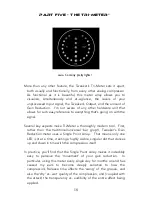
4
2. Sidechain Path
: the middle group of controls contains the
Threshold
and
Contour
knobs, plus the
Sidechain Shaper
switch.
This powerful trio lets you tell the Tweaker
when, where,
and
why
to
compress, respectively.
3. Detector Path:
the right-most group of controls contains the
Attack
,
Release
, and
Curve
knobs. Collectively, this is where you
tell the Tweaker
how
to compress.
Part Four - Tweaker In Depth
Aka
What Do All These Knobs Do?
Drive
Truth
: Drive dictates the amount of gain pushed out of the VCA. Less
drive = less distortion, more drive = more distortion. Because of the
signal flow, this distortion is mitigated during the attack phase of
compression, resulting in clearer, less distorted transients.
Hype
: With most compressors, we’re given one choice: turn the
amount of compression up or down. If we’re really lucky, we’re able
to adjust the amount of distortion and compression simultaneously
via an Input level control. In the first scenario, distortion is what it is,
and compression is the goal. With the second choice, more
distortion = more compression, and vice versa, and that’s that.
Because I’m equal parts ‘unapologetic snob’ and ‘restless artist’, there
are many times when I find those two rigid choices overly restrictive
and a good deal less than inspiring. Thus, from the depths of my
neurotic studio meanderings was born the Tweaker’s inimitable
Drive knob. Drive is designed to give you complete control over the
amount of saturation and/or distortion you get, and to do so


